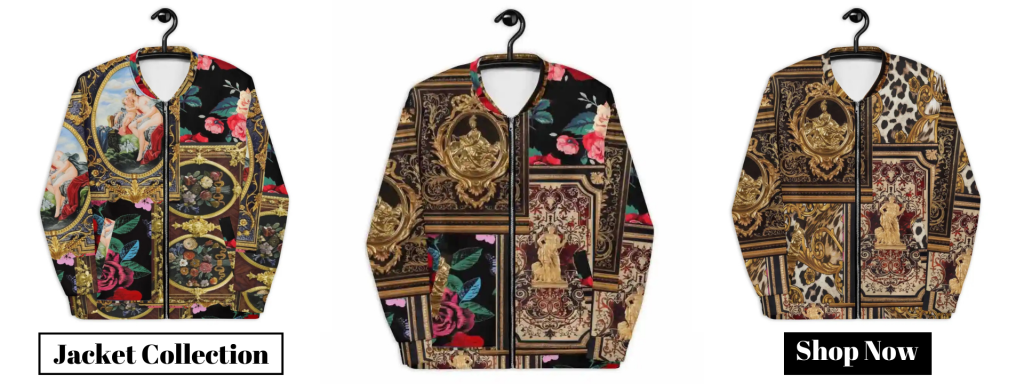
Skiing is an exhilarating sport that combines speed, technique, and the thrill of outdoor adventure. To fully enjoy the slopes, it’s crucial to wear the right ski outfit. The perfect ski outfit should not only look great but also offer comfort, warmth, and flexibility, allowing you to perform at your best while staying comfortable in varying weather conditions. In this guide, we’ll explore how to choose the ideal ski outfit to maximize both comfort and performance.
1. Understand the Importance of Layering
Layering is the foundation of any great ski outfit. Proper layering helps you regulate your body temperature as you move between cold outdoor conditions and the warmth generated by your activity. A well-layered outfit keeps you comfortable, dry, and flexible throughout the day.
Base Layer (Moisture-Wicking)
The base layer is the first layer of clothing you put on, directly against your skin. Its primary purpose is to wick moisture away from your body, ensuring you stay dry even when you’re sweating.
- Fabric: Look for merino wool or synthetic fabrics like polyester or nylon. These fabrics wick moisture efficiently, dry quickly, and are breathable.
- Fit: The base layer should be snug but not tight, ensuring that it moves with your body and doesn’t restrict circulation.
Mid Layer (Insulating)
The mid layer provides insulation, keeping warmth close to your body. It’s essential for regulating your body heat.
- Fabric: Fleece, down, or synthetic insulated jackets are great options. Fleece is breathable and provides warmth without being too bulky, while down offers high warmth-to-weight ratios for colder conditions.
- Fit: Choose a mid layer that fits well under your outer jacket without feeling restrictive.
Outer Layer (Waterproof and Windproof)
The outer layer is your protective shell, designed to shield you from wind, snow, and rain. This is typically a ski jacket and pants that are waterproof, windproof, and breathable.
- Fabric: Look for jackets and pants made from Gore-Tex, eVent, or similar breathable waterproof materials.
- Fit: The outer layer should be roomy enough to allow full range of motion, but not so loose that it lets in wind or snow. Adjustable cuffs, zippers, and hems help keep the elements out.
2. Choose the Right Ski Jacket
Your ski jacket plays a significant role in both comfort and performance on the slopes. It needs to offer both warmth and protection from the elements while allowing for movement.
Insulation
Ski jackets come with different insulation options, and choosing the right one depends on the climate and your activity level.
- Down Jackets: Great for cold, dry conditions. Down is highly insulating and lightweight, making it a popular choice for cold weather.
- Synthetic Jackets: Synthetic insulation is moisture-resistant, making it a better choice for wet conditions. It also retains heat better than down when wet.
Ventilation and Breathability
Look for a ski jacket with underarm zippers or ventilation panels. These allow you to regulate your temperature during intense skiing sessions and help prevent overheating.
- Waterproofing: Ensure your jacket is made with waterproof materials, such as Gore-Tex or eVent, to keep you dry when you fall in the snow or face wet conditions.
Fit and Features
Choose a jacket with features like a powder skirt (to prevent snow from getting inside), adjustable cuffs, and a helmet-compatible hood for added protection.
3. Pick the Right Ski Pants
Ski pants are just as important as your jacket, as they provide protection from the cold and ensure comfort during long days on the slopes.
Insulated vs. Shell Pants
- Insulated Ski Pants: These are great for colder conditions as they provide built-in warmth. Choose these if you’re skiing in colder environments.
- Shell Ski Pants: Lightweight and breathable, shell pants are perfect for active skiers or warmer climates, allowing you to adjust your layers underneath as needed.
Waterproofing
Just like your jacket, your pants should be waterproof and windproof. Look for pants made with breathable waterproof materials to ensure you stay dry while moving.
Fit and Mobility
Ski pants should have a loose yet fitted design that allows for full range of motion while maintaining warmth and comfort. Look for pants with articulated knees or stretch panels to improve mobility.
4. Select the Right Ski Boots
Comfortable and well-fitting ski boots are essential for both your performance on the slopes and your comfort throughout the day.
Fit and Support
Ski boots should fit snugly but not be too tight. Ensure that your boots provide adequate support for your ankles and arches, as improper support can lead to discomfort and fatigue.
- Flex Rating: Ski boots come with different flex ratings. If you’re a beginner or intermediate skier, a softer flex (60-80) is ideal, while more advanced skiers may prefer stiffer boots (100-130) for better control.
Liner and Insulation
Look for boots with insulated liners to keep your feet warm. Removable liners are ideal because they can be dried out overnight, ensuring comfort for your next ski day.
Custom Fit
If you’re serious about skiing, consider getting custom-fitted boots or boot liners to ensure maximum comfort and performance. This is especially important if you have foot issues or unusual foot shapes.
5. Accessories for Comfort and Performance
The right accessories can make a significant difference in how comfortable you feel on the slopes.
Ski Gloves or Mittens
- Mittens are generally warmer than gloves because they allow your fingers to share heat. However, gloves offer better dexterity for tasks like adjusting your gear or grabbing small items.
- Waterproof and insulated gloves or mittens are essential for warmth and comfort. Look for breathable materials to keep your hands dry.
Ski Socks
- Choose socks made from merino wool or synthetic fibers that wick moisture away from your feet, keeping them warm and dry. Avoid cotton socks, as they retain moisture and can lead to cold feet.
- Midweight socks are generally ideal for skiing, as they provide warmth without being too bulky inside your boots.
Neck Gaiters or Balaclavas
A neck gaiter or balaclava can keep your neck and face protected from the cold, wind, and snow. Look for breathable fabrics like merino wool or fleece for warmth and comfort.
Goggles
Ensure you have a good pair of ski goggles with anti-fog lenses and UV protection. Goggles will protect your eyes from snow glare and wind, improving visibility while skiing.
6. Consider Your Skiing Style and Environment
Finally, when choosing your ski outfit, consider the type of skiing you’ll be doing and the conditions you’ll encounter. If you’re skiing in cold, dry conditions, prioritize warm insulation, such as down jackets and insulated pants. If you’re tackling wet, slushy snow, opt for waterproof materials and moisture-wicking layers.
For backcountry skiing, you’ll need a more technical outfit with specialized features like avalanche gear compatibility, extra ventilation, and breathable fabrics for maximum mobility.
Conclusion
Choosing the perfect ski outfit involves more than just picking the latest trend—it’s about ensuring comfort, warmth, and performance. By focusing on proper layering, selecting high-quality jackets, pants, boots, and accessories, and taking into account your skiing style and environmental conditions, you can create the ideal outfit for your time on the slopes. With the right gear, you’ll be able to focus on enjoying the thrill of skiing, knowing that you’re comfortable and ready for any challenge the mountain throws your way.
-
 Satin Designer Bomber Jacket$448
Satin Designer Bomber Jacket$448 -
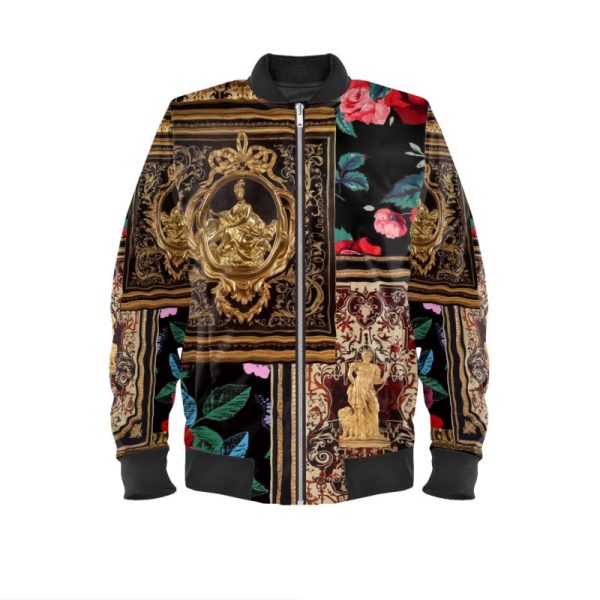 Satin Designer Bomber Jacket$448
Satin Designer Bomber Jacket$448 -
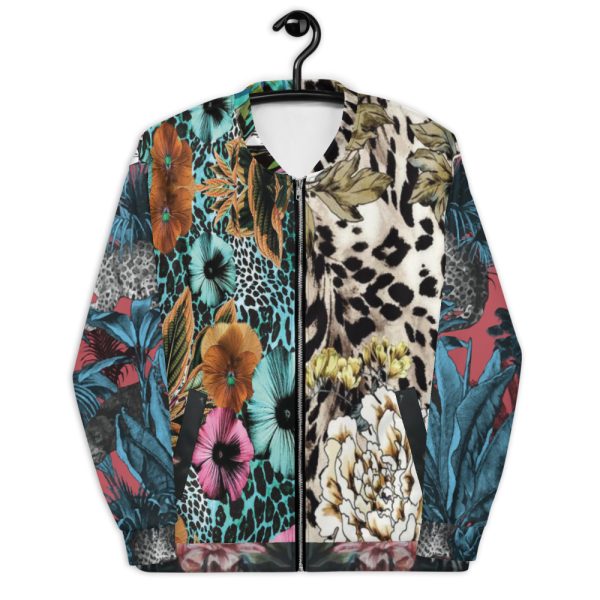 Bomber Jacket | Designer Luxury For Women & Men | Navy Blue Floral Red Turquoise$158
Bomber Jacket | Designer Luxury For Women & Men | Navy Blue Floral Red Turquoise$158 -
 Bomber Jacket | Designer Luxury For Women & Men | White Gold$158
Bomber Jacket | Designer Luxury For Women & Men | White Gold$158 -
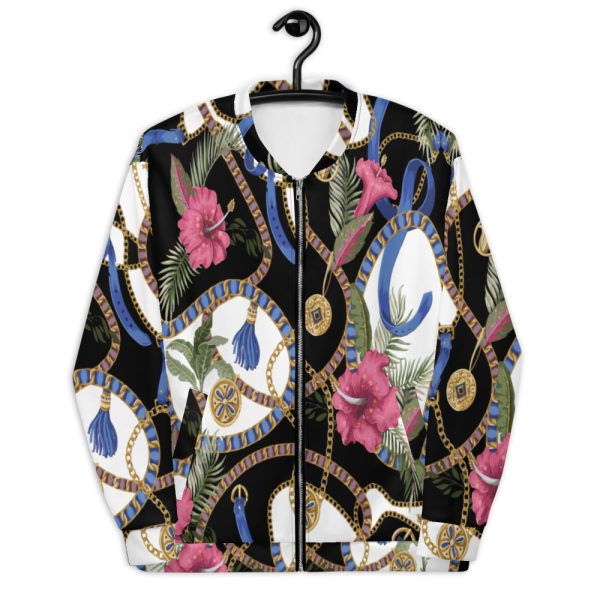 Bomber Jacket | Designer Luxury For Women & Men | Floral White Black$158
Bomber Jacket | Designer Luxury For Women & Men | Floral White Black$158 -
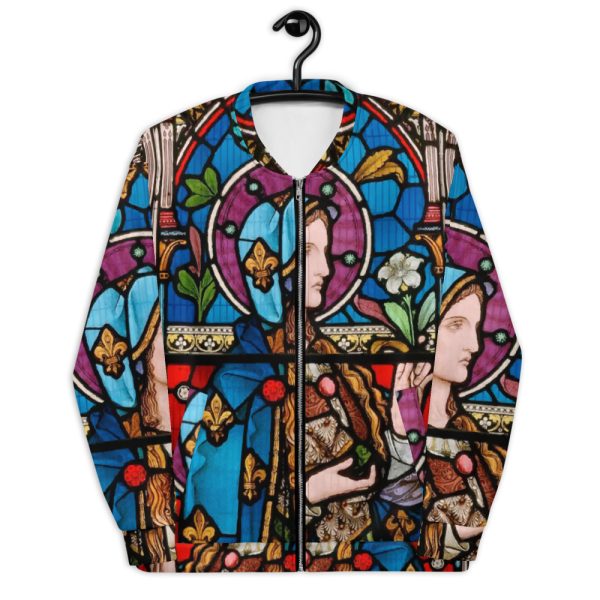 Bomber Jacket | Designer Luxury For Women & Men | Blue Purple Gold$158
Bomber Jacket | Designer Luxury For Women & Men | Blue Purple Gold$158 -
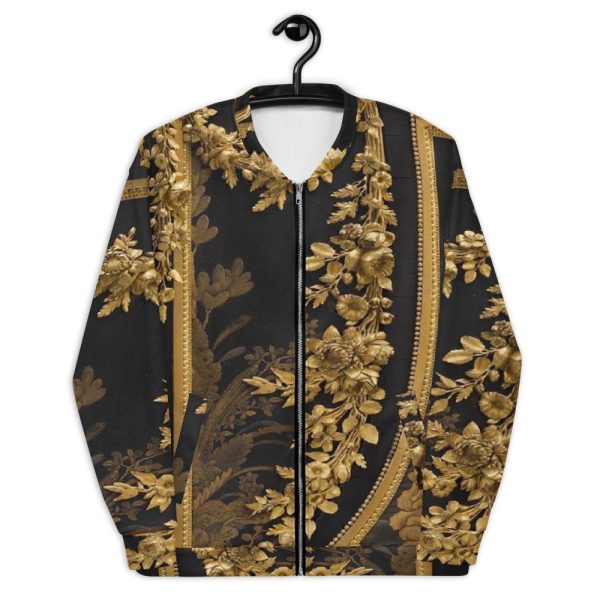 Bomber Jacket | Designer Luxury For Men & Women | Black Gold Baroque$158
Bomber Jacket | Designer Luxury For Men & Women | Black Gold Baroque$158 -
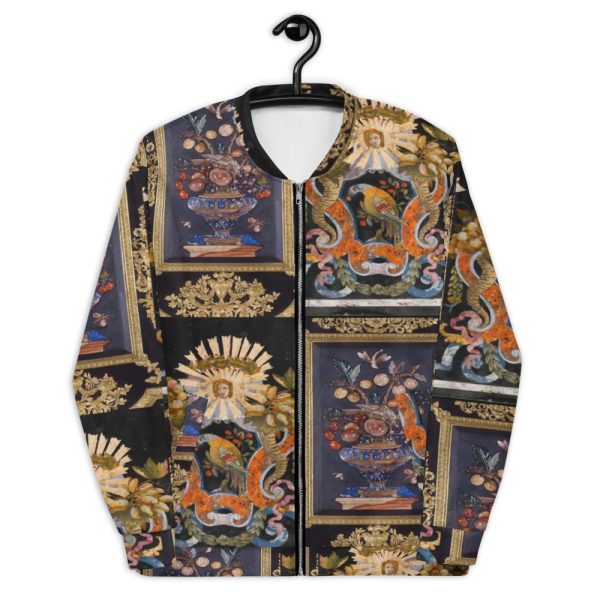 Bomber Jacket | Designer Luxury For Women & Men | Black Gold$158
Bomber Jacket | Designer Luxury For Women & Men | Black Gold$158 -
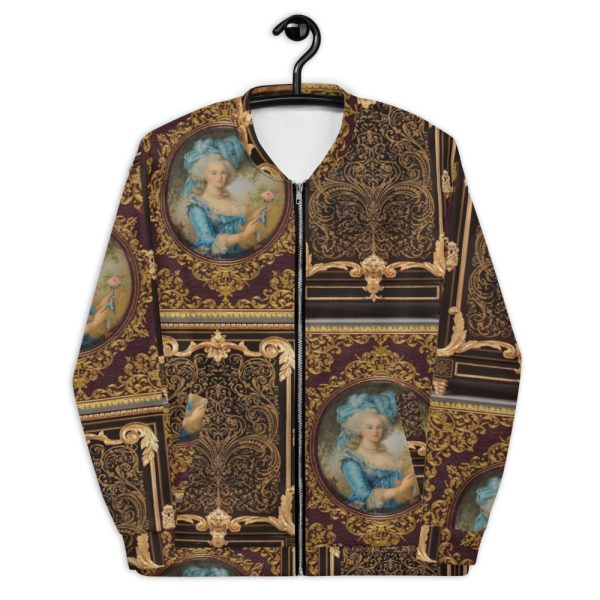 Bomber Jacket | Designer Luxury For Women & Men | Gold$158
Bomber Jacket | Designer Luxury For Women & Men | Gold$158